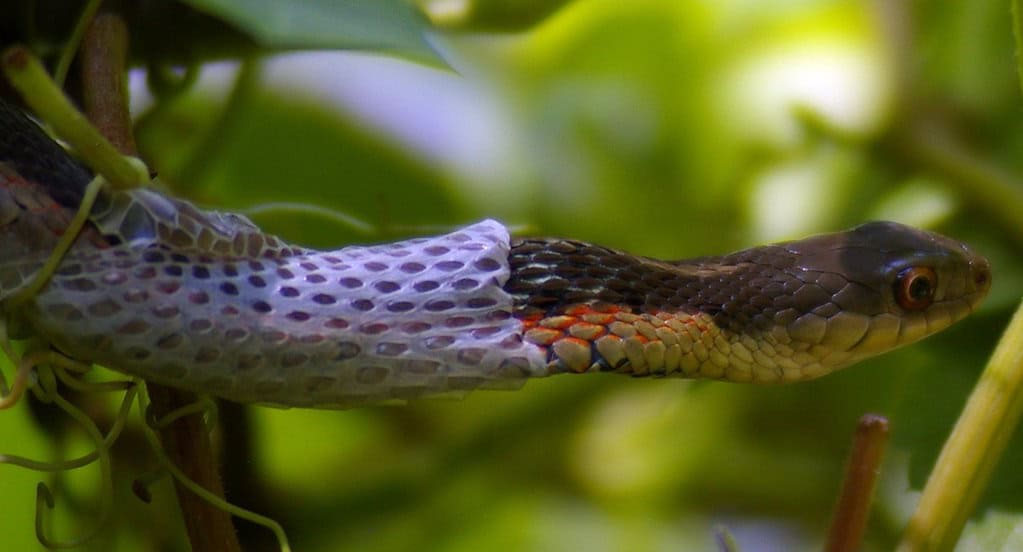Snakes are fascinating creatures with numerous unique biological processes, but perhaps none is more visually dramatic than the act of shedding their skin. This process, scientifically known as ecdysis, is a natural and necessary part of a snake’s life cycle. Unlike humans who continuously shed small skin cells, snakes periodically shed their entire skin in one complete piece. This remarkable biological phenomenon serves multiple crucial functions and represents an important indicator of a snake’s health and development. From the biological triggers that initiate shedding to the physical process itself, understanding how and why snakes shed provides valuable insights into reptile physiology and evolution.
The Biological Purpose of Snake Shedding
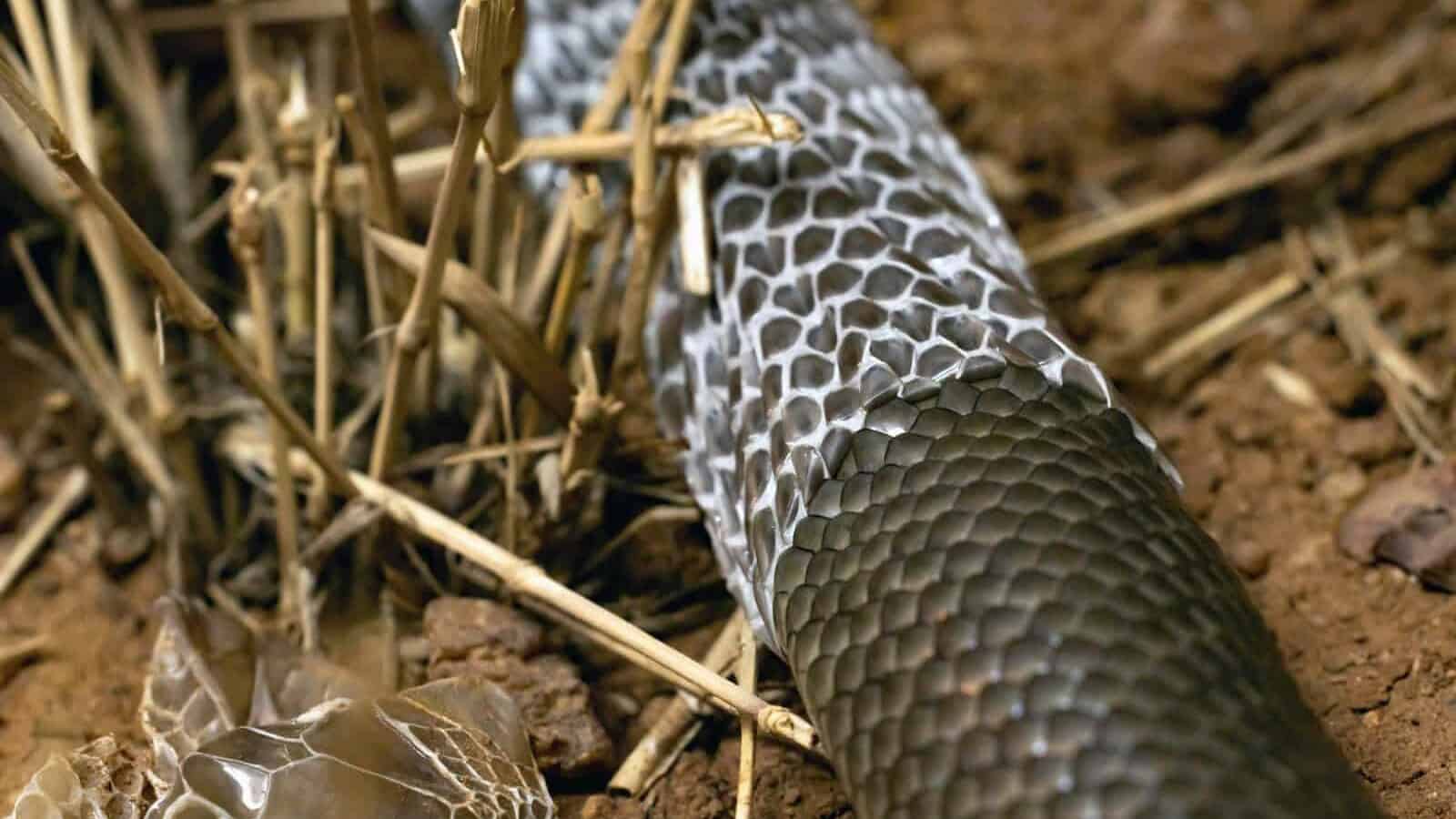
Snake shedding is not merely a fascinating spectacle but serves several vital biological purposes. The primary reason snakes shed is to accommodate growth. Unlike mammals, whose skin grows along with their bodies, a snake’s outer skin layer (epidermis) cannot expand. As the snake grows, its skin becomes tight and restrictive, necessitating the development of a new, larger skin underneath before shedding the old one. Additionally, shedding repairs damaged skin and removes external parasites that may have attached to the old skin. Regular shedding also helps maintain the vibrancy of a snake’s color patterns, which can be important for species that rely on camouflage or warning coloration. For wild snakes, this renewal process is crucial for survival, helping them maintain optimal sensory perception and physical mobility in their environment.
The Frequency of Shedding
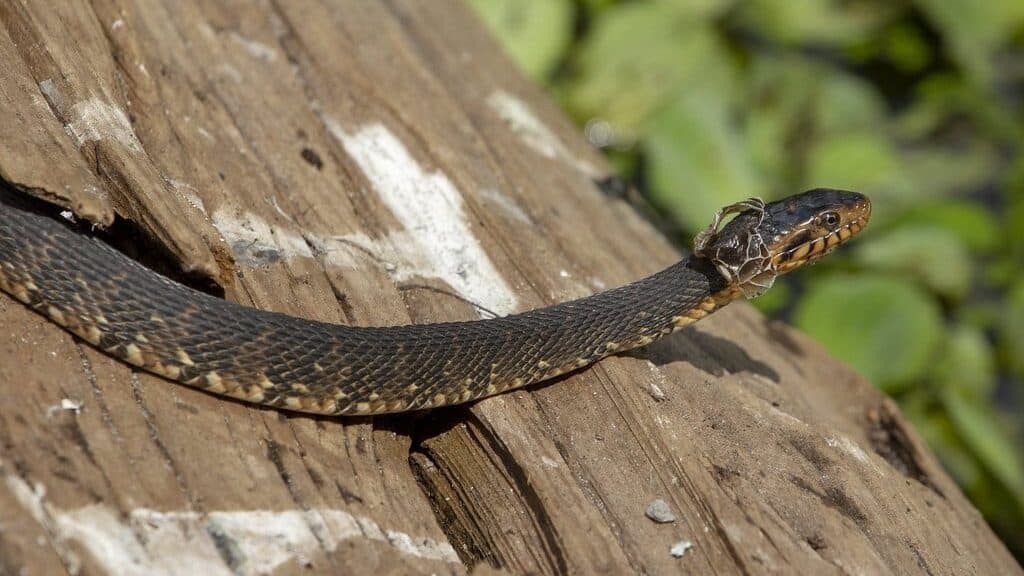
The frequency at which snakes shed their skin varies significantly based on several factors. Young, rapidly growing snakes typically shed more frequently, sometimes every few weeks, as they experience rapid physical development. As snakes mature and their growth rate slows, the frequency of shedding decreases, with adult snakes generally shedding 2-4 times per year. However, this pattern can vary widely depending on species, size, age, health status, and environmental conditions. Larger snake species may shed less frequently than smaller ones. Diet also plays a significant role—well-fed snakes in captivity often grow faster and therefore shed more frequently than their wild counterparts. Environmental factors such as temperature and humidity can also influence shedding cycles, with optimal conditions generally promoting more regular shedding patterns.
Pre-Shedding Signs and Symptoms
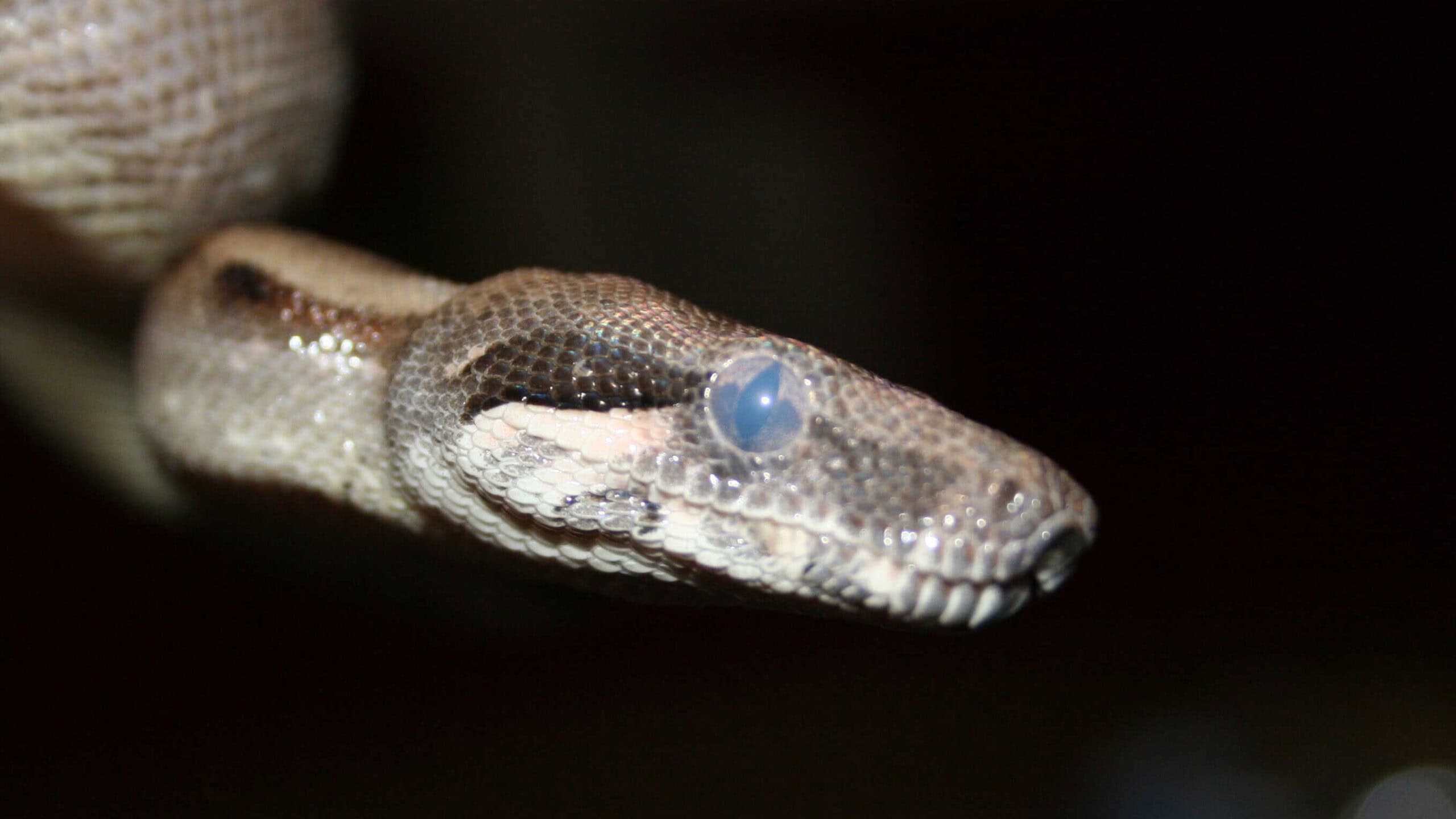
Before a snake begins the actual shedding process, it displays several noticeable behavioral and physical changes. One of the most recognizable pre-shedding signs is the development of a bluish or milky appearance to the snake’s eyes, sometimes called “blue phase” or “being in blue.” This cloudy appearance occurs as fluid accumulates between the old eye cap (spectacle) and the new one forming underneath. During this time, snakes often experience temporarily impaired vision, causing them to become more defensive or retreat to secure hiding places. Other pre-shedding indicators include dulling of the snake’s normal coloration, increased irritability or defensiveness, reduced appetite or complete cessation of feeding, and increased hiding behavior. The snake may also seek out rough surfaces or soak in water more frequently as it prepares for the shedding process. Experienced snake keepers recognize these signs as normal precursors to a healthy shed.
The Physiological Process of Ecdysis

The physiological process of snake shedding begins weeks before any visible external signs appear. Beneath the surface, skin cells in the bottom layer of the epidermis begin to rapidly divide, creating a new skin layer. As this new layer develops, a special set of cells produces enzymes that gradually separate the old skin from the new one. Lymphatic fluid fills the space between these layers, helping to further separate them. The snake’s body increases production of certain hormones, particularly thyroid hormone, which regulates this process. The outer skin cells begin to keratinize and harden in preparation for shedding. Blood flow to the skin increases during this time, and the snake’s metabolism often increases as well. This complex physiological process requires significant energy expenditure from the snake, which explains why many snakes become less active and stop eating during this period—they’re conserving energy for the demanding process of creating an entirely new external covering.
How Snakes Break Out of Their Old Skin

When a snake is ready to shed, it begins an active process to remove the old skin. The snake typically starts by rubbing its nose or head against a rough surface to create a tear in the skin around the mouth area. This initial breakage is crucial, as it provides the starting point for the entire shedding process. Once the snake has created this opening, it continues to rub against textured objects like rocks, branches, or cage furniture, slowly working the old skin backward along its body. As the snake moves forward, the old skin essentially peels away in the opposite direction. The unique muscular movements of the snake’s body help push the skin off in a continuous motion. The skin typically turns inside-out as it’s removed, similar to pulling off a sock. In healthy snakes with proper humidity levels, this process can take anywhere from 30 minutes to several hours, depending on the size of the snake and environmental conditions.
Complete vs. Incomplete Shedding

In ideal conditions, a snake will shed its skin in one complete piece, from nose to tail tip. This complete shed, often called a “perfect shed,” indicates optimal health and proper environmental conditions. The shed skin, when laid out, forms a perfect hollow tube that preserves even minute details like scale patterns and eye caps. However, not all shedding episodes go so smoothly. Incomplete shedding, or dysecdysis, occurs when portions of the old skin remain attached to the snake’s body. This problem commonly affects areas like the eye caps, tail tip, or patches along the body. Incomplete sheds are usually caused by suboptimal environmental conditions, particularly insufficient humidity, inadequate rough surfaces for the snake to rub against, or underlying health issues like mites, infections, or nutritional deficiencies. While occasional minor shedding problems might not be serious, persistent incomplete sheds can lead to complications, including constricted blood flow, infection, or visual impairment if eye caps remain in place across multiple shed cycles.
The Importance of Humidity in Shedding

Humidity plays a critical role in the snake shedding process, and proper moisture levels are essential for a successful shed. During the pre-shedding phase, adequate humidity helps soften the connection between the old and new skin layers, making separation easier. Most snake species benefit from a temporary increase in environmental humidity as they prepare to shed. Without sufficient moisture, the old skin can become dry and adhere too tightly to the new skin underneath, resulting in incomplete or difficult sheds. Different snake species have different humidity requirements based on their natural habitats—tropical species generally need higher humidity levels than desert dwellers. Snake owners often provide humidity boxes (enclosed containers with damp substrate) or misting systems to help their pets during shedding. Some snakes instinctively seek out water sources and soak more frequently during the shedding process, which helps increase skin hydration from the outside. The flexibility and elasticity that moisture provides to the old skin is crucial for the snake to remove it in one piece without tearing or leaving fragments behind.
What the Shed Skin Reveals
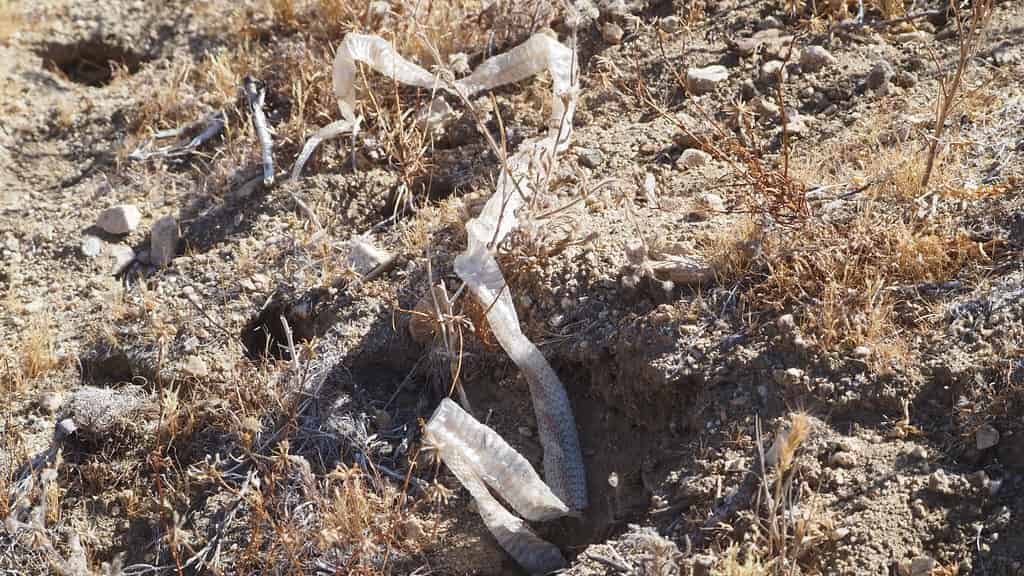
A snake’s shed skin serves as a valuable biological record that can reveal considerable information about the animal. By examining a complete shed, one can determine the snake’s approximate size and growth rate by comparing consecutive sheds. The quality of the shed skin can indicate the snake’s overall health status—a clear, complete shed typically suggests good health, while fragmented or incomplete sheds may signal problems. Experts can identify snake species by examining the distinctive scale patterns preserved in the shed skin, which is sometimes used in wildlife surveys to document snake presence without directly observing the animals. The shed skin also preserves minute details like scars, injuries, or abnormalities that might not be easily visible on the living snake. Researchers and veterinarians sometimes examine shed skins for signs of external parasites or skin diseases. For snake owners, keeping records of shedding frequency and quality provides valuable baseline data for monitoring their pet’s health over time, with changes in shedding patterns potentially indicating developing health issues that require attention.
Shedding Differences Among Snake Species

While all snakes shed their skin, the process varies considerably among different species. Arboreal (tree-dwelling) snakes like green tree pythons often have specialized behaviors for shedding in their three-dimensional environment, sometimes hanging in specific positions to facilitate the process. Aquatic snakes may shed while submerged or partially submerged in water, using the water’s resistance to help pull off the old skin. Desert-dwelling species have evolved to shed successfully even in low-humidity environments, often utilizing microhabitats like burrows where humidity is higher. Some species show more dramatic color changes between old and new skin, while others maintain similar appearance before and after shedding. The thickness and durability of shed skin also varies by species, with some producing relatively delicate sheds and others creating tougher, more substantial ones. Venomous snakes shed the lining of their venom ducts along with their skin, temporarily reducing venom production immediately after shedding. These variations in shedding patterns reflect evolutionary adaptations to different ecological niches and highlight the remarkable diversity within the world of snakes.
Behavioral Changes During Shedding
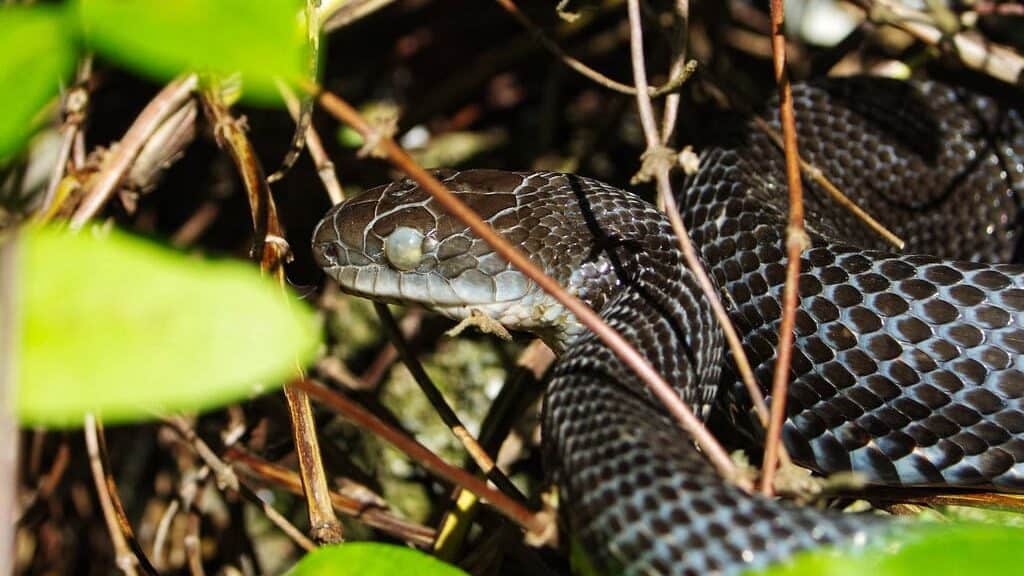
Snakes typically undergo notable behavioral changes during the shedding process. Many species become more secretive and defensive as their vision becomes temporarily impaired by the clouding of their eye caps. This vulnerability often leads to increased hiding behavior and reluctance to be handled. Most snakes reduce or completely stop feeding during the shedding period, conserving energy for the physically demanding process. Some species become noticeably more irritable or quick to defensive displays when approached. Activity patterns may change, with some snakes becoming more nocturnal or reducing overall movement to minimize the risk of predation during this vulnerable period. Water-seeking behavior often increases, with many snakes spending more time soaking or near water sources. After completing a shed, snakes typically display a period of increased activity and appetite, making up for the energy expended during shedding and the preceding fasting period. These behavioral adaptations have evolved to protect snakes during a time when they experience sensory impairment and physical vulnerability.
Helping Captive Snakes with Shedding Problems

When captive snakes experience shedding difficulties, proper intervention can prevent serious complications. The most common and effective remedy involves providing a humidity box—a container with an entrance hole filled with damp moss or paper towels—where the snake can retreat to experience higher humidity. For snakes already experiencing incomplete sheds, a gentle soak in shallow, lukewarm water for 20-30 minutes can help loosen stubborn pieces of retained skin. After soaking, retained skin can sometimes be carefully removed by allowing the snake to crawl through a slightly damp, rough towel while applying gentle pressure. Particular attention should be paid to retained eye caps, which may require professional veterinary removal if they persist across multiple sheds. Addressing the underlying causes of shedding problems is equally important: ensuring proper humidity levels, providing adequate rough surfaces for the snake to rub against, maintaining appropriate temperatures, and checking for parasites or other health issues. For persistent shedding problems, consulting with a veterinarian experienced in reptile care is essential, as chronic shedding issues can indicate serious underlying health conditions requiring medical intervention.
The Evolution of Skin Shedding in Reptiles

The evolution of skin shedding represents a fascinating chapter in reptile development. This process evolved approximately 320 million years ago as early reptiles adapted to life on land, developing scaled skin that provided protection from desiccation and physical injury. Unlike amphibians, which typically shed in pieces or patches, snakes evolved the remarkable ability to shed their entire skin in one continuous piece. This evolutionary innovation allowed for more effective removal of parasites and damaged skin while minimizing vulnerability during the process. The shedding of eye caps (spectacles) represents another specialized adaptation, allowing snakes to protect their eyes without movable eyelids while still periodically renewing this protective covering. Fossil evidence shows that ancient snake relatives had similar shedding patterns to modern species, indicating the early development and evolutionary importance of this process. The diversity of shedding adaptations across different snake lineages demonstrates how this basic biological process has been refined through natural selection to suit various ecological niches and lifestyles, from burrowing species to tree-dwellers to aquatic hunters.
Snake shedding represents one of nature’s most remarkable biological renewal processes, a fascinating example of how reptiles have adapted to solve the challenge of growth within a relatively inflexible outer covering. This intricate process, refined over millions of years of evolution, allows snakes to maintain optimal health, sensory perception, and physical capabilities throughout their lives. Understanding the shedding process provides valuable insights not only into snake biology but also into the broader concepts of adaptation and specialization in the animal kingdom. For snake owners and enthusiasts, recognizing the signs of healthy versus problematic shedding is crucial for proper care, while for researchers, the study of ecdysis continues to reveal new information about reptile physiology and behavior. The next time you encounter a perfectly shed snake skin, consider the remarkable biological processes and evolutionary history represented in this delicate but detailed record of a snake’s life journey.
- The World’s Most Poisonous Frog Can Kill Ten Men with One Touch - August 21, 2025
- Why Elephants Mourn Their Dead Just Like Humans Do - August 21, 2025
- Where to Watch Wild Horses Run Free in the U.S. - August 21, 2025

